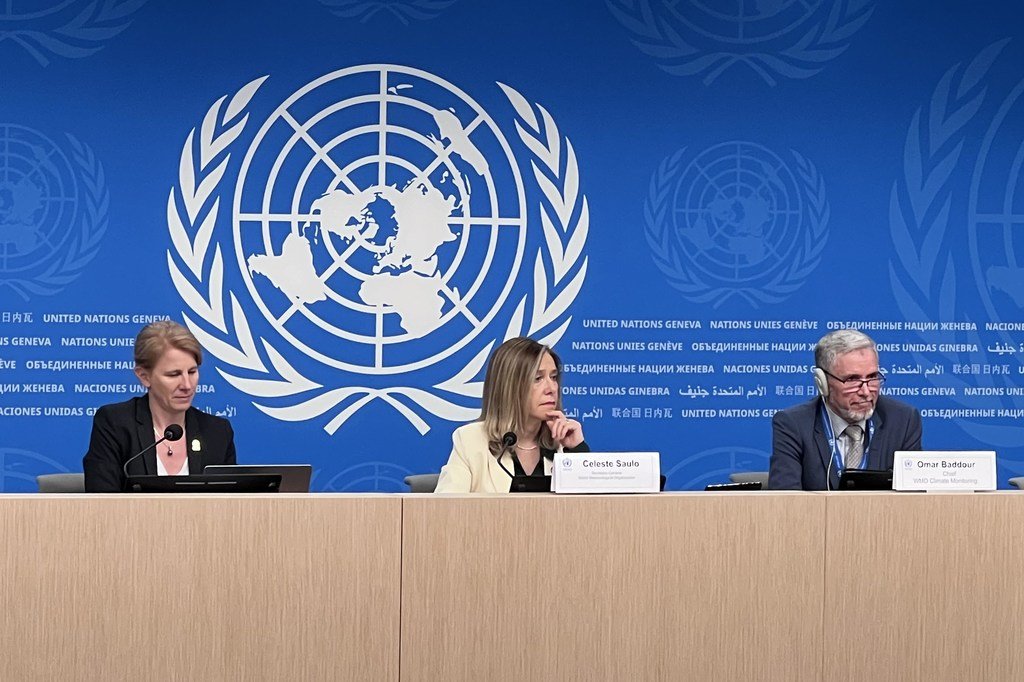The hum of a street market, the buzz of a smartphone notification, and the quiet hope in someone’s eyes when they send money to a loved one without paying a week’s wages in fees — these moments are where cryptocurrency’s promise of financial inclusion becomes real. For millions still locked out of traditional banking systems, the blockchain has opened doors that were once bolted shut. But between hype and headlines, the reality is both more complex and more human than most think.
Why Cryptocurrency is Changing the Access Equation
For decades, global finance has revolved around centralized institutions: banks, remittance services, and payment networks. While these systems have provided security and oversight, they’ve also excluded vast swaths of the population. In many regions, strict account requirements, high service fees, and physical distance from branches mean the so-called “unbanked” remain in cash-based economies, with limited ability to save, invest, or build credit.
Cryptocurrency offers an alternative not by replacing all traditional finance, but by expanding the toolbox. With just a smartphone and internet access, individuals can create a wallet, store value, and transact across borders in minutes. This bypasses much of the infrastructure that previously acted as a barrier.
The transparency of blockchain ledgers allows for verifiable transactions without the need for a central clearing authority. That doesn’t mean the system is without risks — volatility, scams, and uneven regulation can undermine trust — but for many, the benefits outweigh these challenges when traditional doors remain closed.
Lowering Remittance Costs and Friction
One of the most compelling arguments for cryptocurrency in financial inclusion is its potential to lower the cost of remittances. According to the World Bank, the global average cost of sending $200 through traditional channels hovers around 6% to 7%, with some corridors exceeding 10%. These fees hit hardest for low-income workers supporting families abroad.
By contrast, cryptocurrency can reduce these costs dramatically, particularly for peer-to-peer transfers where intermediaries are minimal. Digital stablecoins, pegged to fiat currencies, offer a way to transfer value quickly without the price swings of more volatile coins. In practice, this means more of the sender’s money actually reaches its destination — a tangible difference in household budgets.
Microfinance and Peer-to-Peer Lending
Beyond remittances, cryptocurrency has enabled new models of microfinance and peer-to-peer lending. Traditional microloans often rely on local cooperatives or NGOs, with variable efficiency and transparency. Blockchain-based lending platforms can connect borrowers and lenders globally, using smart contracts to automate repayments and collateral management.
This global reach allows small business owners, artisans, and farmers to access funding that was once geographically or bureaucratically out of reach. It also creates opportunities for investors seeking to support grassroots entrepreneurship without the overhead of large institutions.
The Regulatory Balancing Act
Wider access to cryptocurrency does not come without complications. Regulation remains patchwork, with some governments embracing digital assets as innovation drivers, while others impose outright bans over concerns about money laundering, tax evasion, and consumer protection.
Financial inclusion cannot be achieved in an environment where trust is undermined by fraud or instability. That’s why frameworks that combine innovation with safeguards are critical. Clear compliance requirements, anti-fraud measures, and investor education initiatives all help ensure that the benefits of inclusion are not overshadowed by exploitation.
Technology, Trust, and Security
While cryptocurrency removes certain barriers, it also shifts responsibility onto the user. Without the safety net of a bank’s fraud department, individuals must protect their keys, manage backups, and identify potential scams on their own.
Here, secure storage solutions become essential. For example, Voyallet offers integrated investment, staking, and crypto card functionalities, helping users consolidate their activities into a single secure environment. This reduces the risk of juggling multiple, potentially insecure apps while still allowing flexibility in how assets are used.
Security literacy is just as important as access. Teaching first-time users how to identify phishing attempts, avoid suspicious investment schemes, and use hardware wallets when possible can prevent losses that would erase the very benefits inclusion promised.
Real Stories of Transformation
Take the example of a freelance graphic designer who receives payments from clients overseas. Before adopting cryptocurrency, she relied on payment processors that took days to clear transfers and deducted significant fees. Today, she invoices in stablecoins, receives funds in minutes, and converts only the amount she needs into local currency — keeping the rest in her wallet as savings.
Or consider a cooperative of coffee farmers who collectively use a blockchain-based platform to receive international payments directly, bypassing multiple intermediaries. This transparency not only speeds up payments but also builds trust with buyers, who can verify the source and sustainability of their beans.
These aren’t isolated cases. They represent a growing trend where digital assets are not speculative toys but functional tools that reshape livelihoods.
Actionable Steps for Inclusive Adoption
For cryptocurrency to fulfill its inclusion promise, certain practical measures must be prioritized:
- Education First: Launch community-led workshops, both online and offline, explaining how wallets work, how to store keys safely, and how to spot scams.
- Stablecoin Integration: Promote the use of stablecoins for daily transactions to reduce the impact of price volatility.
- Local On/Off Ramps: Support services that allow easy conversion between crypto and local currency, ensuring people can actually use their assets in daily life.
- Collaborative Regulation: Encourage dialogue between governments, tech developers, and community organizations to create fair rules without stifling innovation.
- Security Standards: Endorse tools and platforms that prioritize robust security, user control, and transparency.
Looking Ahead
The future of cryptocurrency and financial inclusion will not be decided by technology alone. It will hinge on whether communities, regulators, and innovators can create systems that are safe, accessible, and relevant to real-world needs.
When digital assets are paired with education, local support, and reliable infrastructure, they can do more than transfer money — they can transfer opportunity. And in the story of global finance, that may prove to be the most valuable currency of all.










